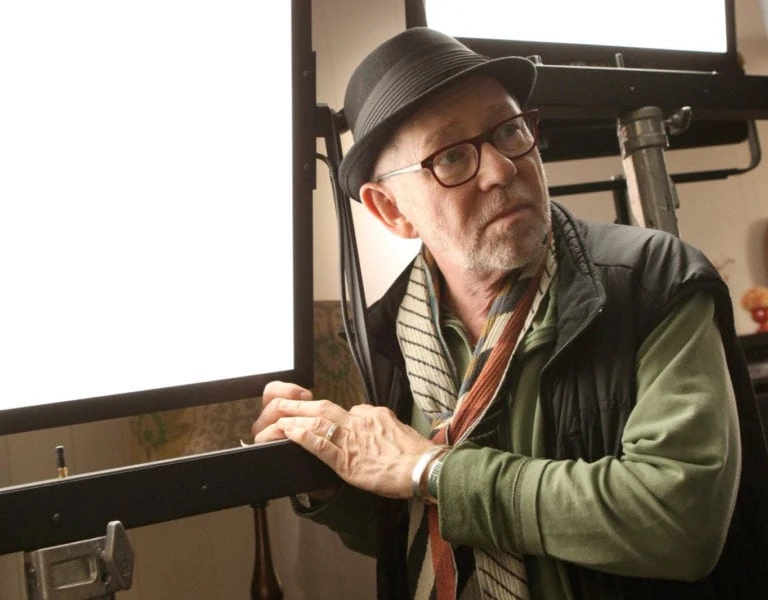As the financial structure of the film and television industry has evolved, the need to support indigenous independent productions has grown ever greater.
Last year (in issue 108) I wrote of the “New Licence to Print Money”. We are now beginning to see some of the consequences of this change in the financial structure of the film and television industry. Yes, the major studios and streamers have effectively insulated themselves from the variations in income from individual productions, but the productions that remain independent of these institutions remain vulnerable to the full force of the market. Moreover, their previous sources of finance have been markedly reduced as the money goes to invest in the sure thing that is streaming. The BFI recently reported in detail on the effect on the indigenous independent market. If a production does not catch the eye of a streamer, it can be in deep trouble.
Traditionally, local independent film production has relied on many diverse small sources of finance. It was possible for these sources to number into three figures. Many of these small sources now find it more rewarding to be minor shareholders in the streaming institutions. They also do not see the route of theatrical distribution alone as an adequate means to recoup their investment. The additional returns traditionally expected from television sales now bring the independents back to supplication to the gods of streaming. Hard copy sales are now almost a distant memory. The silent removal from the retail market of DVD recorders and its replacement by the only available recording devices has meant that the once reliable acquisition of a permanent hard copy has been surreptitiously made as permanent as the life of a hard drive. This dwindling of monetisable outlets means the independent is forced back to the one but far from ideal source of returns, the cinema. Even this is unreliable as the distributors are as reluctant as ever to take on small, indigenous films. Their income is still tied into the large production institutions, as they now find their main role is as the shop window for the streamers.
Doom and gloom is not the only possible future. This is where the cultural institutions, like the BFI (and the once-beacon of edgy culture, Channel 4), have a role to play. Their place is to lobby for a small fraction of the money printed by these new licences to find its way to local, independent production and to seed a route for its distribution. This is not a new idea and past experiences were not always successful, but this past can inform a better application of such models in the future. There are several schemes to look back on. The UK created what was called consortia to oversee the production of local independent movies. It was very much a horse designed by a committee. The French have for decades operated a very successful soutien (support) system. This was the racing camel by comparison. It is not beyond the wit of man, or the lobbying of NGOs, to put together a workable model that can save our local productions for a more diverse cultural future.
Now that the streamers have their stream of income, it is time to put a small part of that money flow towards their social responsibility. Rather than repatriating their vast profit to more tax-efficient shores, some should remain onshore to benefit the culture that is pouring vast amounts of economic power into their coffers.










